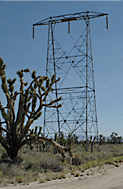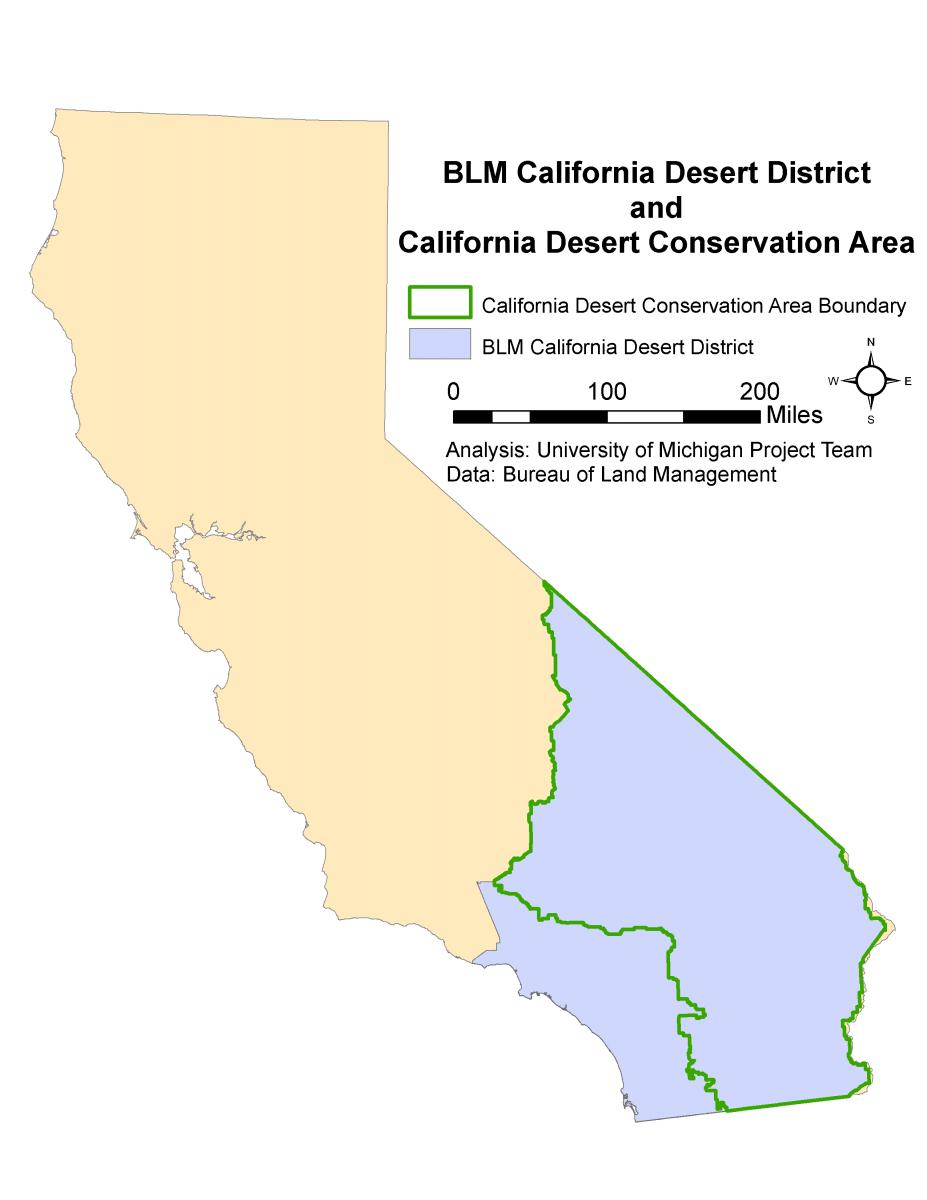
A Thorny Issue
Balancing the benefits of utility-scale solar facilities in desert locations with conservation principles is a complex problem, especially when it comes to the installation of power lines.
Purpose and Scope of the Study
The rapid rise of interest in solar development in California has made it imperative that the technological, social, political, and environmental costs and benefits of solar development be analyzed. Decisions with long-term effects are currently being made, at a relatively fast pace, and with an incomplete understanding of the full range of potential impacts. The goal of this research is to present a series of qualitative and quantitative analyses that together provide a framework for evaluating proposed utility-scale solar energy projects in California. The analysis and recommendations ultimately provide guidance for the selection of the best proposals for utility-scale solar facilities in desert locations that allow for both solar energy generation and conservation of ecosystems.
This study focuses on utility-scale solar development on public lands in the California desert. Utility- scale solar facilities generally have a nameplate capacity of over 50 MW and produce electricity, which is bought by an electric utility provider to be fed into the electric grid. To generate this electricity, solar modules are placed directly on the ground and aligned to catch sunlight.
The geographic boundary of the study area is the California Desert Conservation Area (CDCA), a 25 million acre area in southern California that encompasses the Colorado desert and the portion of the Mojave desert that lies within the state (Map 1). The study examines the policy and economic drivers, ecological and socioeconomic impacts, and decision- making processes of utility-scale solar facility development on public lands in the CDCA.
In addition to land requirements, proposed solar facilities will require infrastructure to connect to the electrical grid. Though we recognize the critical role transmission plays in siting decisions, an analysis of transmission was beyond the scope of the study. The processes, regulatory agencies, and decision-making structures are different from facility siting, and they represent added layers of complexity in the larger issue of utility-scale renewable energy generation. In addition, relevant transmission data were unavailable for a variety of reasons, including those related to concerns over national security. Also, transmission is being adequately researched by other groups. Two professional working groups are developing models and assessments of transmission development: the Renewable Energy Transmission Initiative (RETI) model and the Planning Alternative Corridors for Transmission (PACT) model (see Recommendations for Future Research for further details).

